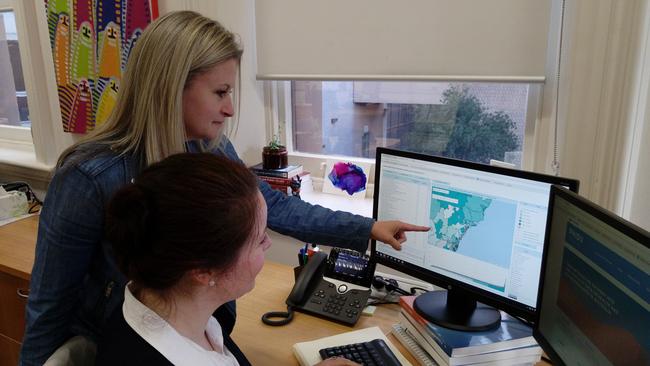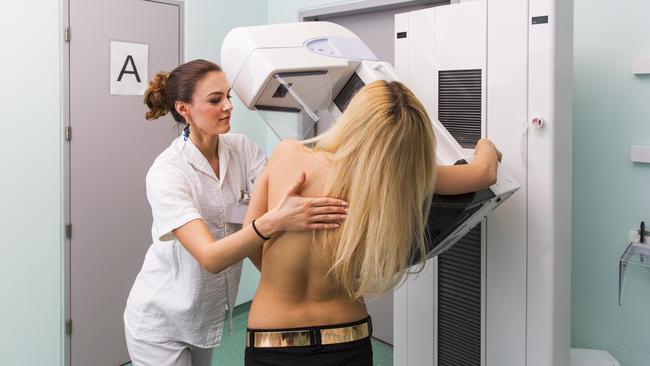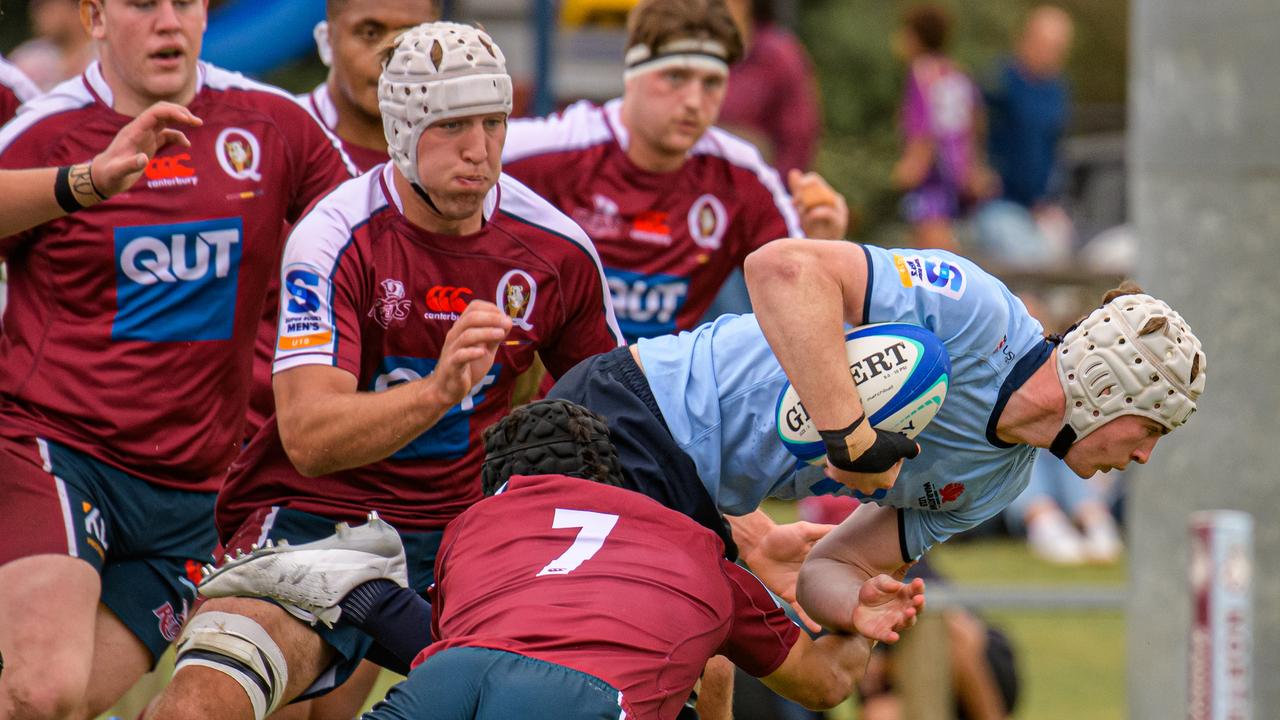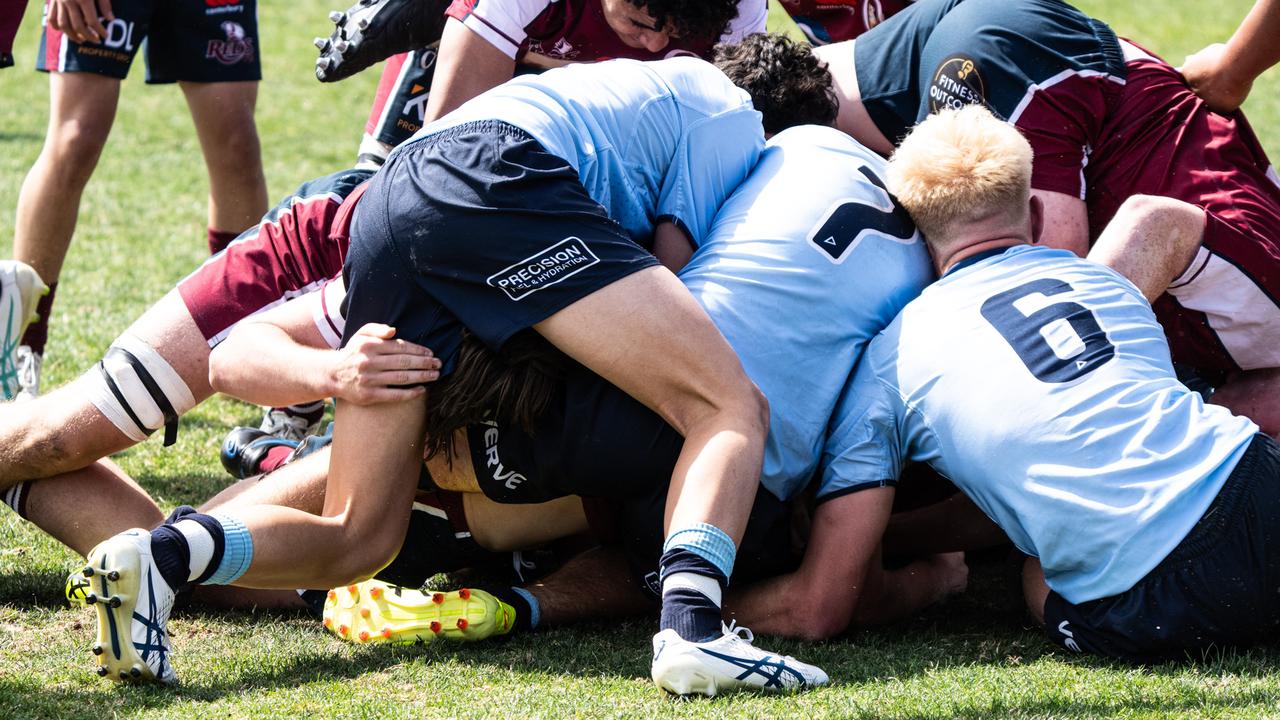The Coast suburbs with above average cancer rates
WELCOME to Wyong — the cancer capital of the Central Coast where rates are 20 per cent higher overall than the state average. See what other suburbs also ranked highly.

Central Coast
Don't miss out on the headlines from Central Coast. Followed categories will be added to My News.
WELCOME to Wyong — the cancer capital of the Central Coast where rates are 20 per cent higher overall than the state average.
Exclusive new data reveals the northern half of the Central Coast is a veritable cancer cluster with rates of all forms of the disease 20 per cent above the state average at Wyong and Watanobbi, 16 per cent higher at Blue Haven, Doyalson and Chain Valley Bay, and 14 per cent at Budgewoi to Norah Head.
The cancer figures have been made available for the first time, thanks to a three-year project by Torrens University’s Public Health Information Development Unit (PHIDU) in South Australia.
Using figures provided at a local area health level, the PHIDU team has compiled an Australian-first cancer “atlas” showing rates, types of cancer and demographics, all of which have been cross-referenced against Australian Bureau of Statistics and Census data.

Project director Professor John Glover said the atlas could be used by everyone from health policy makers — to determine where cancer resources or educational campaigns should be directed — through to medical researchers and insurance company actuaries to determine premiums.
Prof Glover said Wyong and its surrounding areas had some of the highest rates of individual cancers including colorectal cancer in men, which was 44 per cent above the state average, and lung cancer at 53 per cent above average for men and 43 per cent in women.
Not surprisingly, skin cancer was alarmingly above the state average across most of the Coast with a staggering 73 per cent more cases in males from Bateau Bay, Killarney Vale and The Entrance and 66 per cent more incidents in women from Wyong.

In fact, skin cancer among women was above the state average in every single suburb on the Coast and all but one for men, with Wadalba just 4 per cent below average.
Prof Glover said socio-economic divides between the affluent and the poor were reflected in some cancers with smoking rates, lack of early detection and unemployment contributing factors.
The high cancer rates in Wyong come after a report by the Australian Health Policy Collaboration project, which found 32.3 per cent of adults in Wyong were obese — compared to a national average of 27 per cent — and a shocking 21.8 per cent smoke, nearly twice as high as the national average of 12.8 per cent.
Prof Glover said, conversely, when it came to breast cancer, rates were generally higher in more affluent suburbs.

The Woy Woy peninsula, which includes the sought after suburbs of Booker Bay, Patonga and Blackwall, had the highest rates of breast cancer on the Coast — 18 per cent above the state average — followed by Gosford, Springfield and East Gosford at 13 per cent.
“Generally this has been attributed to earlier (onset of periods) and later menopause, prolonging the oestrogen window,” Prof Glover said.
“There are also differences in reproductive histories with wealthier women often starting their families later and generally being of lower parity (fewer pregnancies), both of which are established breast cancer risk factors.”
Prof Glover said wealthier women may also be bigger users of hormone replacement therapy, which could increase breast density — another known risk factor.
To access the atlas visit: phidu.torrens.edu.au


